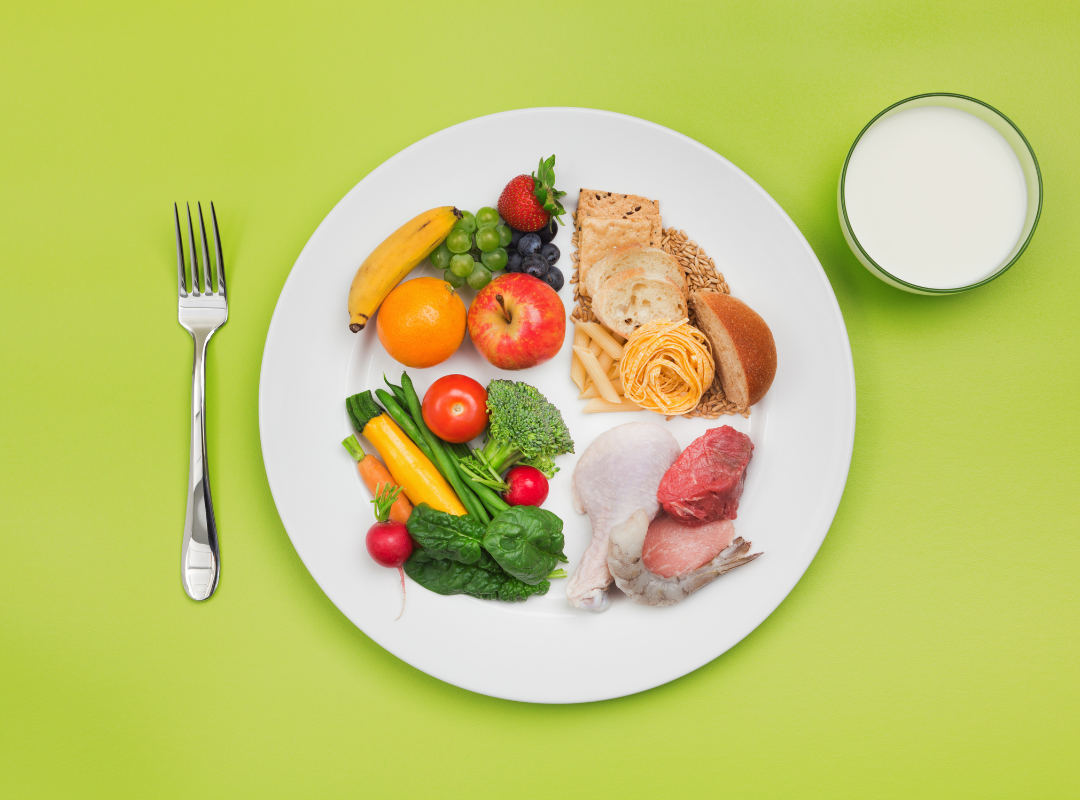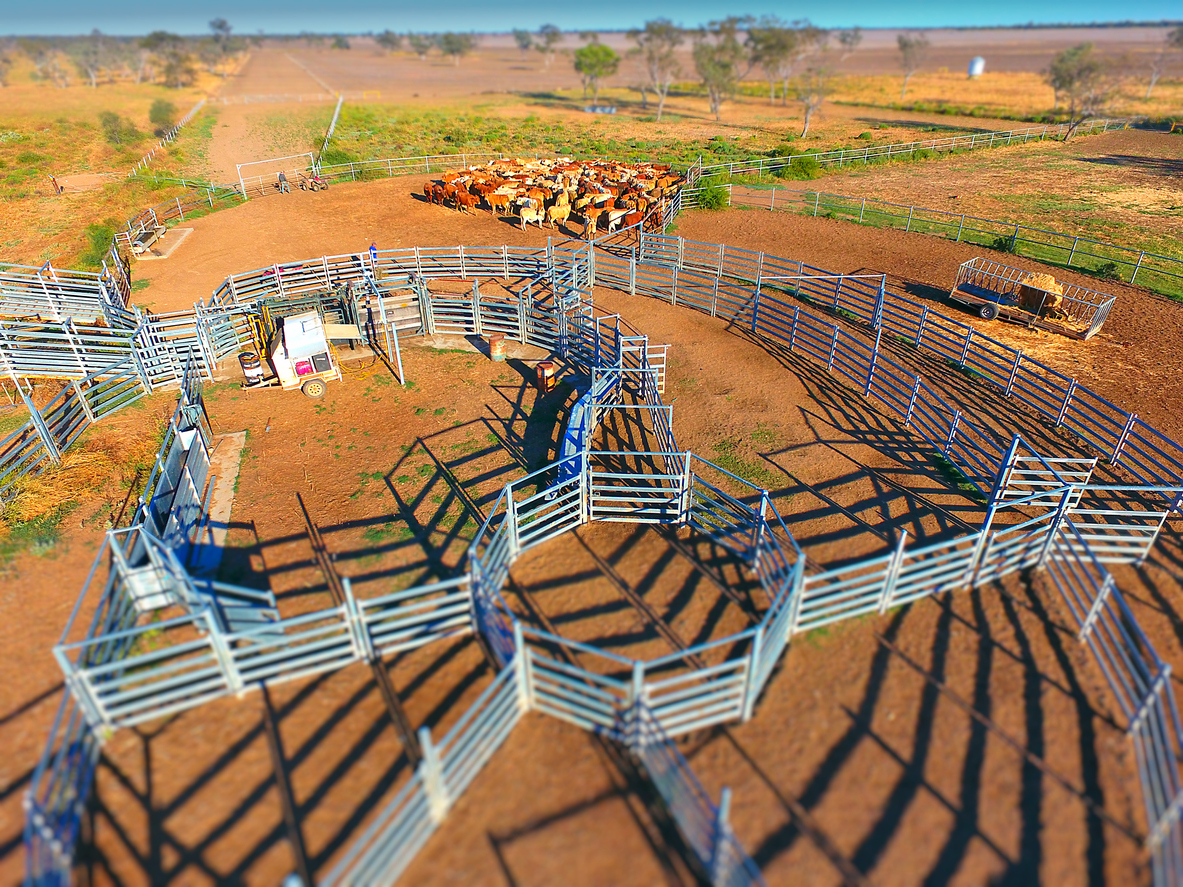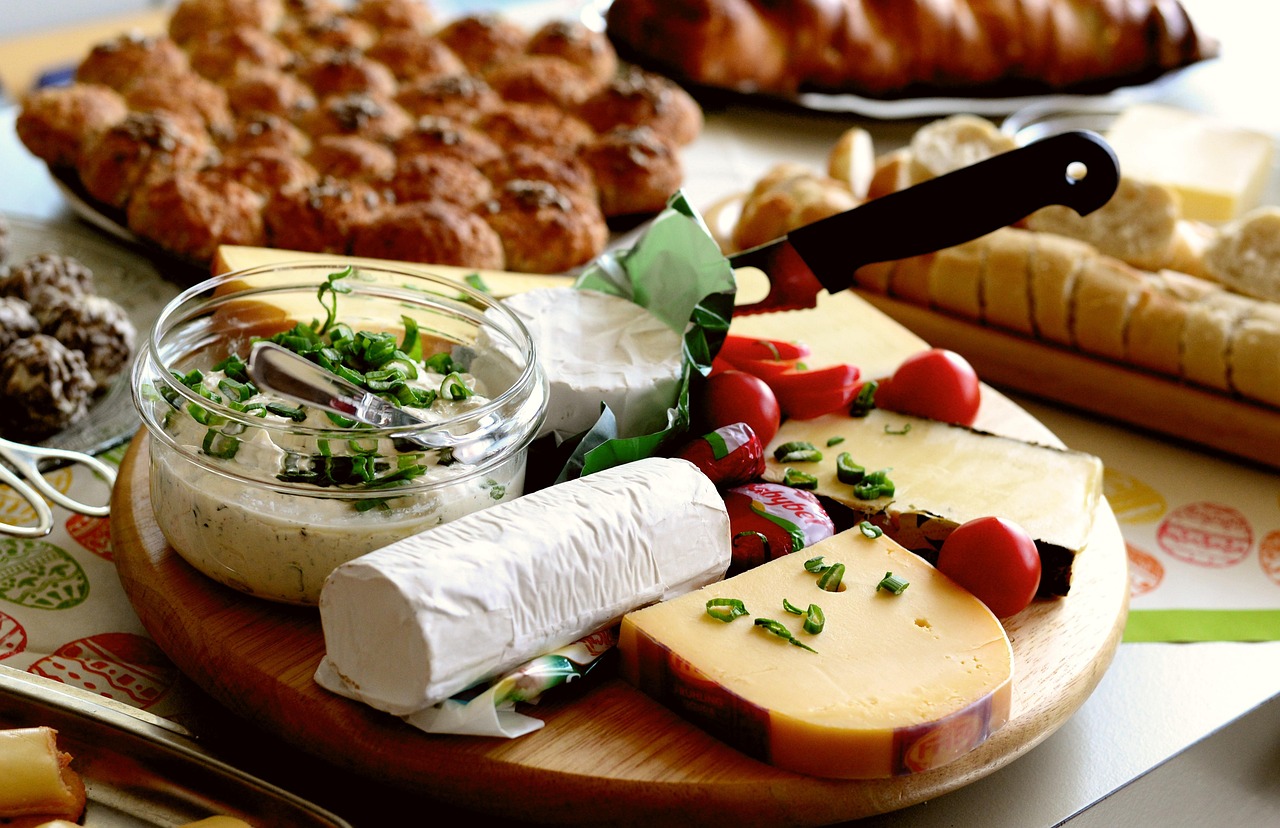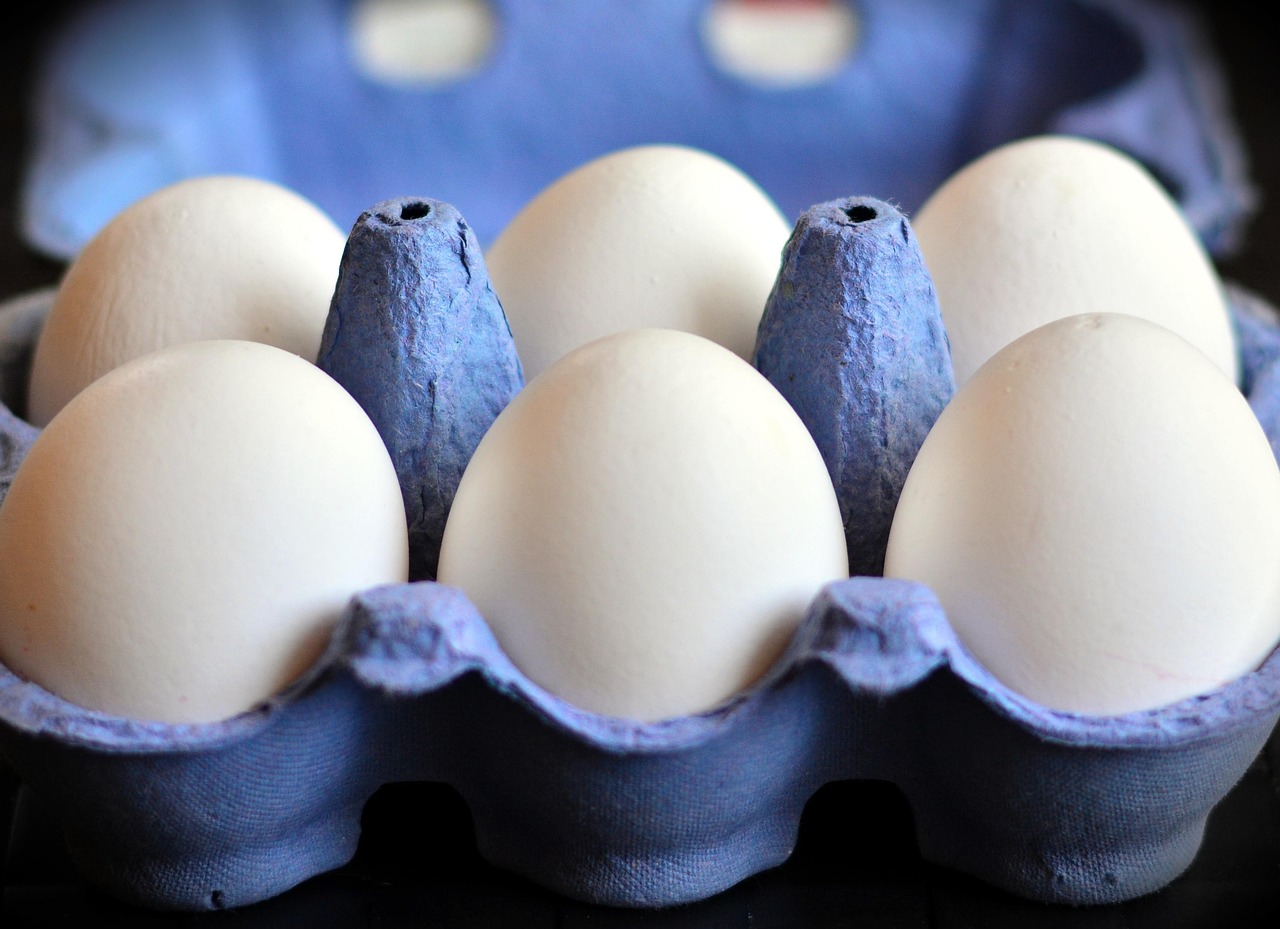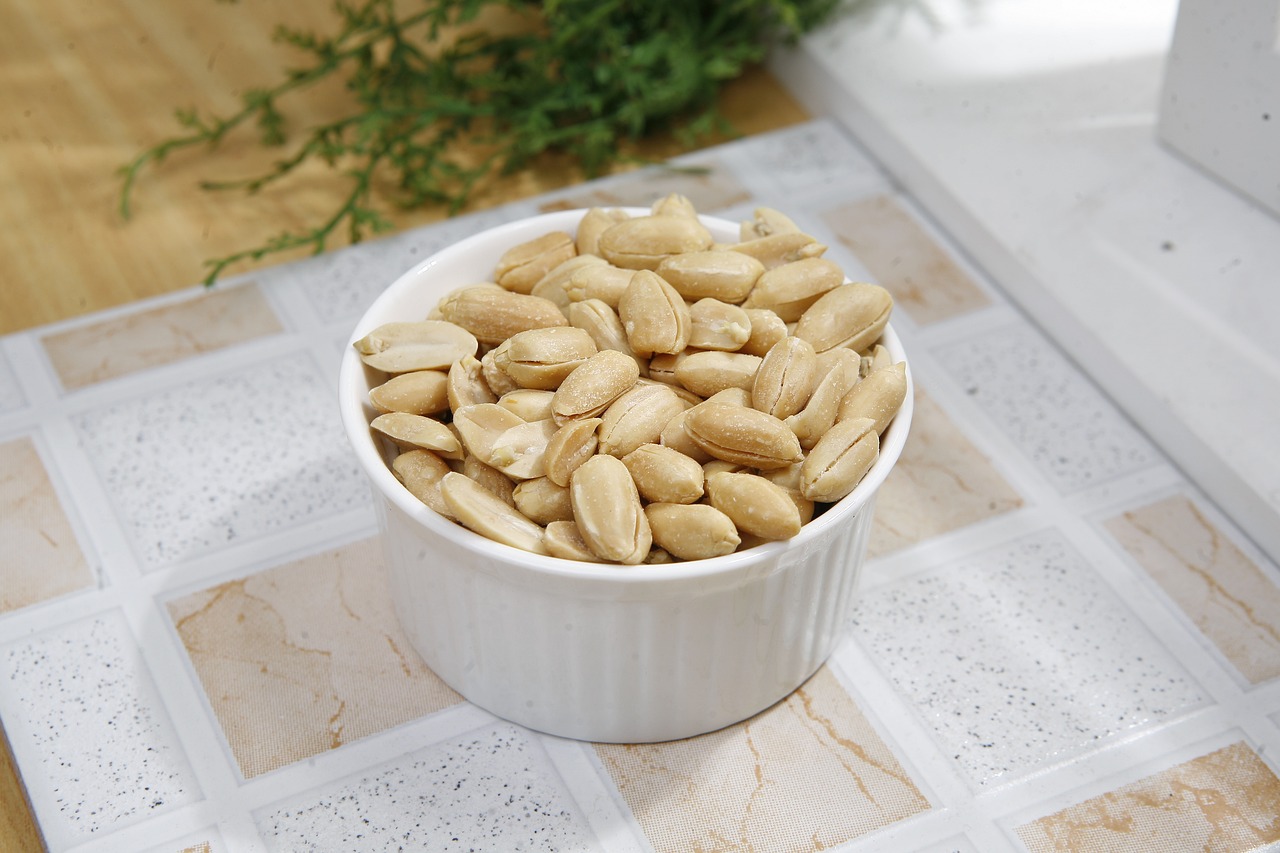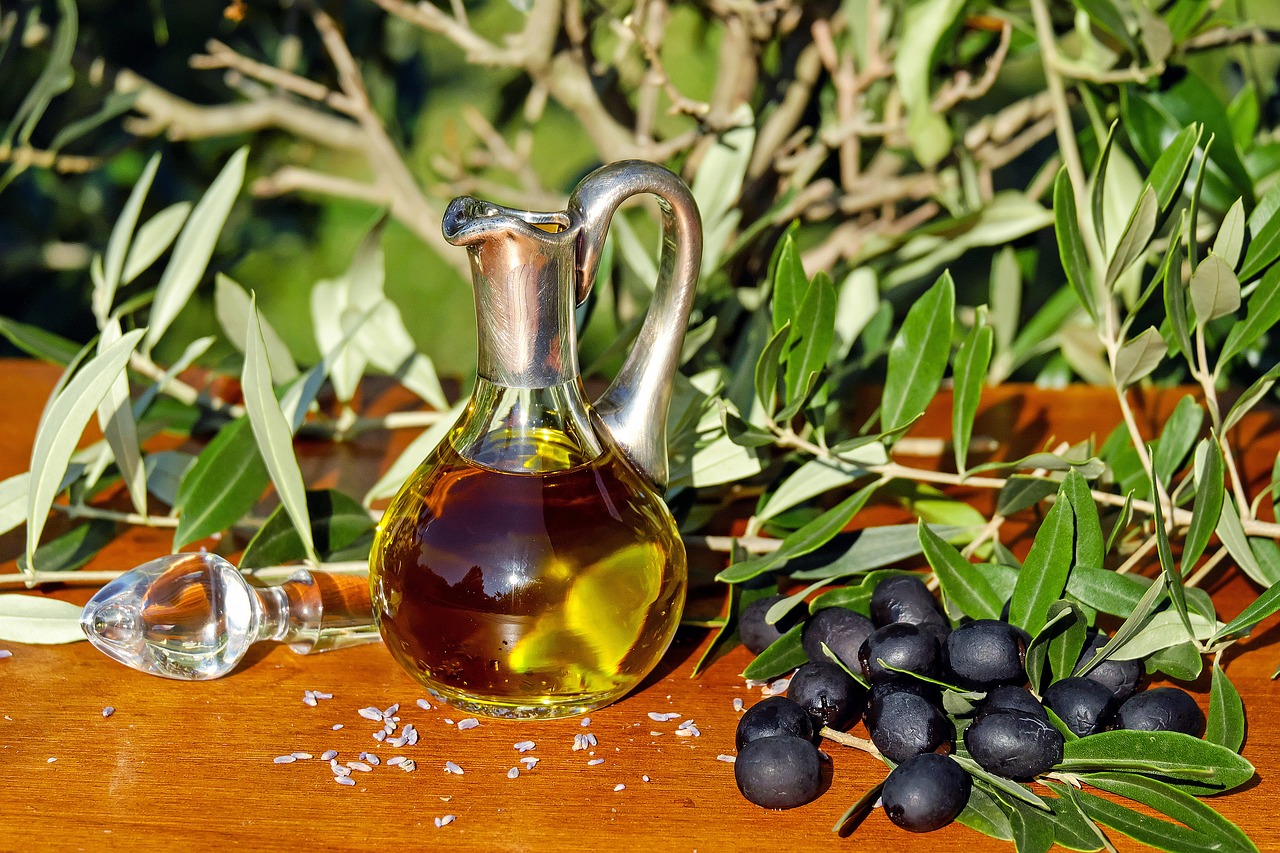In Search of Essential Nutrients (Grades 9-12)
Students explore the meaning of essential elements and use periodic tables to compare the elements that are essential to people and plants. Students discover where in the environment plants obtain each of their essential elements.
